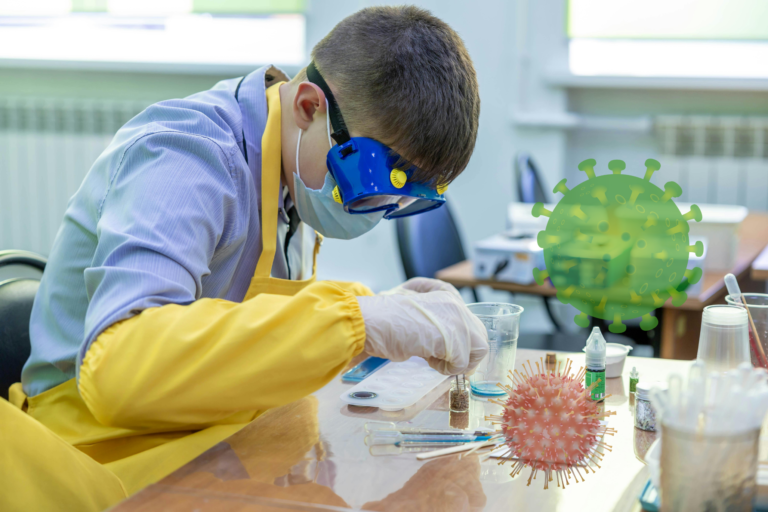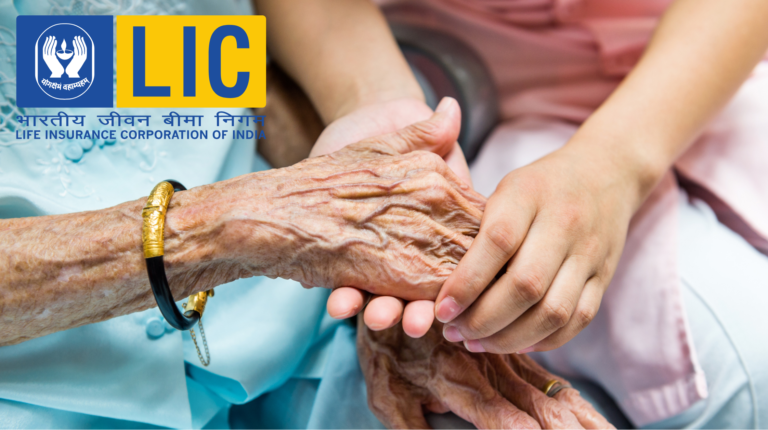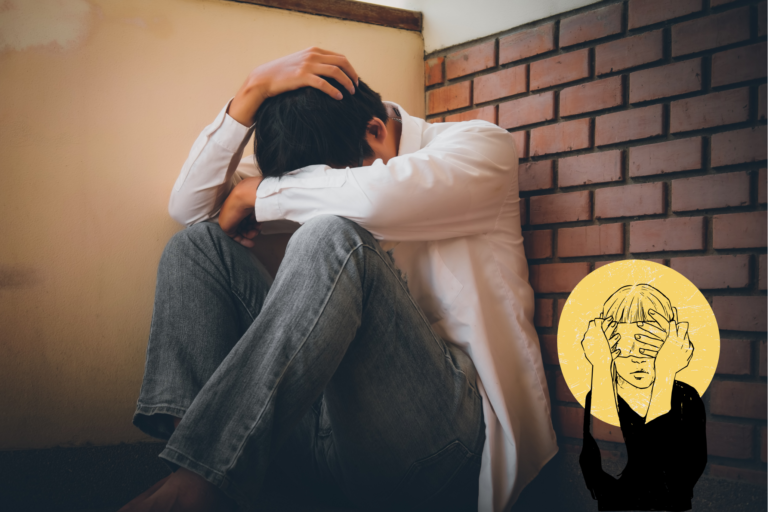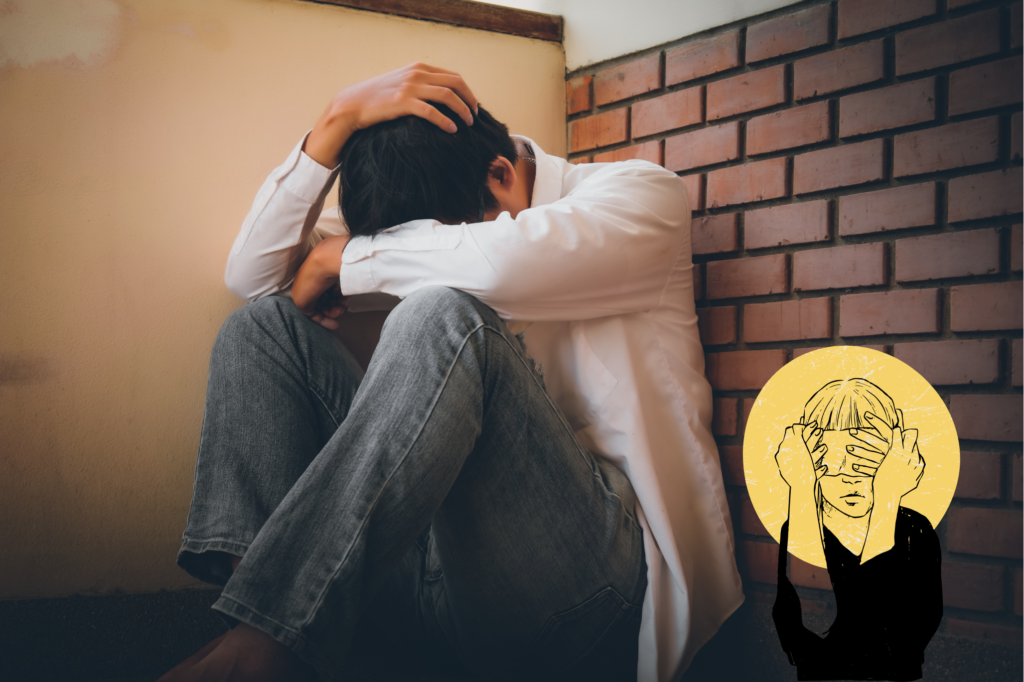
India improved in suicide prevention- India has experienced a over 30% decline in its suicide death rate from 1990 to 2021. Notably, the decrease was more pronounced among women compared to men. On a global scale, the study revealed that, on average, one person dies by suicide every 43 seconds.
A new study reports that India’s suicide death rate has declined by 30% between 1990 and 2021.
The analysis, published in The Lancet Public Health, is based on findings from the Global Burden of Diseases, Injuries, and Risk Factors Study (GBD) 2021.
Despite global progress, the authors emphasize that suicide continues to disproportionately affect certain countries and populations.
Suicide rate in India
In 1990, India recorded 18.9 suicide deaths per lakh people.
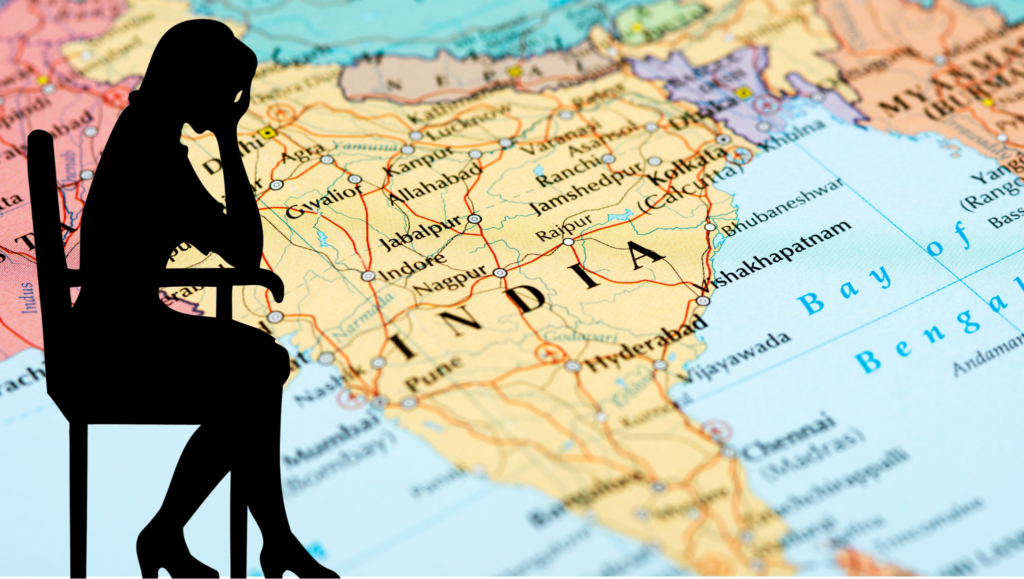
By 2019, this figure had decreased to 13.1 per lakh, further dropping to 13 per 100,000 in 2021.
Over three decades, this reflects an overall decline of 31.5%.
Researchers found that suicide prevention was most effective when communities came together through awareness, interventions, and support networks.
Gender wise trends in suicide death rate
The study revealed an intriguing finding: the decline in suicide rates was more pronounced among women than men.
By 2021, the suicide rate among females had decreased from 16.8 per 100,000 in 1990 to 10.3 per 100,000. Meanwhile, the male suicide rate fell from 20.9 per 100,000 in 1990 to 15.7 per 100,000 in 2021.
Researchers from the University of Washington’s Institute for Health Metrics and Evaluation (IHME) found that in 2020, educated women in India had the highest suicide rates, with family-related issues being the most frequently cited cause.
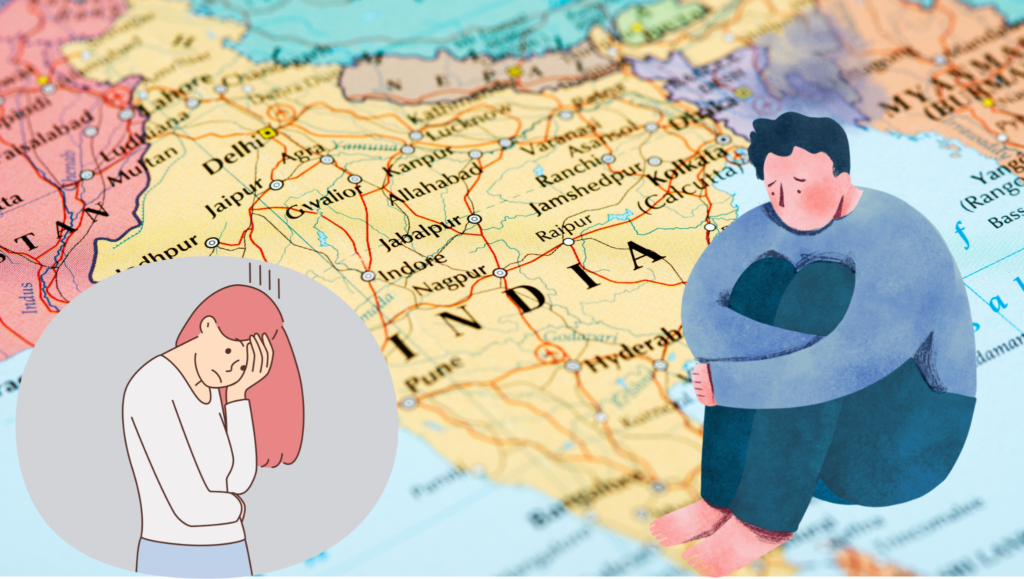
As reported by the Indian Express, citing Prof. Rakhi Dandona, Director of the Public Health Foundation of India Injury Research Centre and a collaborator on the study, suicide was the leading cause of death among women aged 15-39 in 2021, while for men, it ranked second, following road injuries.
According to data from the National Crime Records Bureau, the high number of suicides among individuals aged 15-39 is largely attributed to family issues and financial difficulties. However, specific details on what constitutes ‘family problems’ are not available.
“In our understanding, for married women, family problems primarily include domestic violence and conflicts with their spouse or in-laws,” she explains.
The data also indicates that South Asian and high-income Asia Pacific nations continue to experience some of the highest female suicide rates, similar to the trends observed in 1990.
“The suicide rate is higher among females who have completed Class XII compared to those with no formal education. This raises concerns about the actual empowerment that education provides to Indian women. Further research is needed to better understand this issue,” Prof. Dandona told the publication.
Globally one suicide happened in every 43 seconds
According to the report, suicide remains a global health concern.
On average, one suicide occurs every 43 seconds worldwide, amounting to approximately 740,000 deaths each year.
Since 1990, the global suicide mortality rate has declined by 39.5%, reflecting substantial progress over the past few decades. However, this progress has not been uniform across all regions or demographic groups.
In 2021, a total of 746,000 suicides were reported worldwide, with 227,000 involving women and 519,000 involving men. That year, suicide ranked as the 21st leading cause of death globally for both genders combined.
The data also shows that men were more than twice as likely as women to die by suicide, while women were 49% more likely to attempt it.
Every minute, four men and six women worldwide require inpatient treatment due to suicide attempts.
According to the analysis, firearms were involved in 3% of female suicides and 10% of male suicides globally. In the United States, however, guns were used in 31% of female suicides and 55% of male suicides.
Researchers found that the global age-standardized suicide mortality rate declined by approximately 40% over the study period, dropping from around 15 to 9 deaths per 100,000 people.
While the suicide rate among males fell by more than 34%, the decrease was even more significant for females, exceeding 50%.
“Men are more likely to use violent and highly lethal suicide methods, such as firearms, whereas women tend to choose less fatal means, like poisoning or overdosing, which have a higher chance of survival,” explained Emily Rosenblad, MPH, a project officer at IHME and co-author of the study.
East Asia experienced the most significant overall decline in suicide rates, with a 66% reduction, largely driven by China’s substantial progress in this area.
“It is evident that suicide continues to affect certain countries and populations more than others,” noted study co-author Dr. Mohsen Naghavi, a professor of health metric science at the Institute for Health Metrics and Evaluation (IHME), in a press release.
Prevention of suicide– India improved in suicide prevention
Despite these advancements, researchers emphasize the importance of ongoing efforts to further reduce suicide rates.
They noted that social isolation, limited access to mental health resources, chronic illnesses, and inadequate or insufficient health insurance coverage are key risk factors contributing to suicide, particularly among middle-aged and older adults.
“Eliminating the stigma surrounding suicide and improving access to mental health support systems remain essential, especially for individuals with mental health and substance abuse disorders,” Naghavi stated in the release.
You can also read.
You can follow us on social media.

